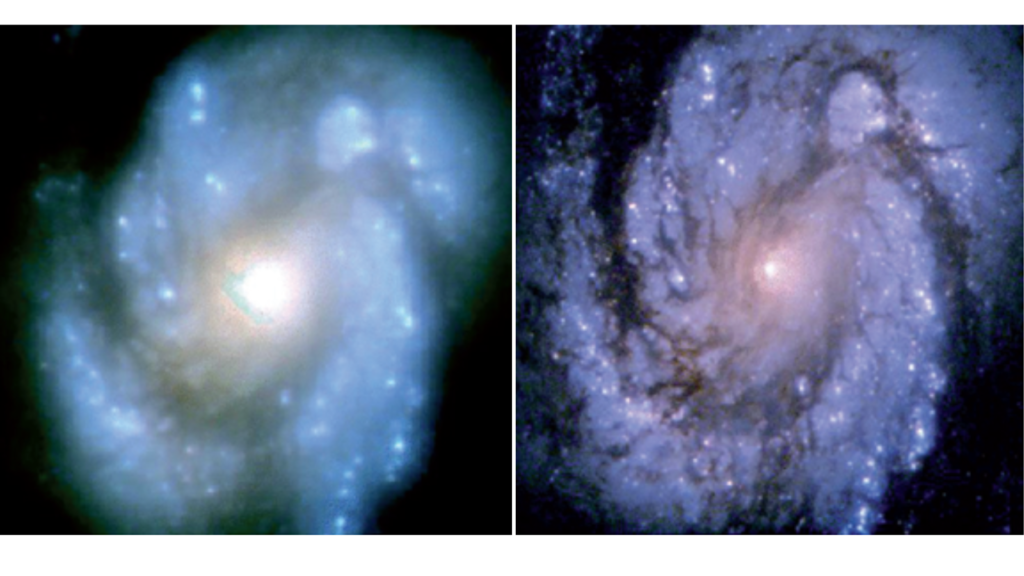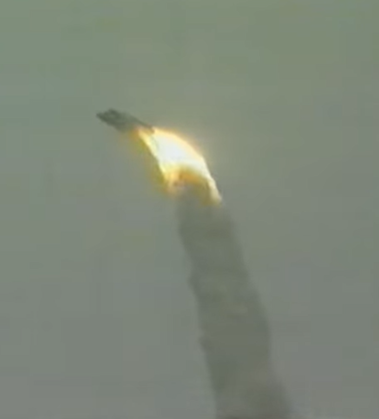Spacecraft failures I
N1, Apollo 13, Hubble Space Telescope, Ariane 5
„Houston, we’ve had a problem” – you hear something like that and now what? Unfortunately, even in the space sector, failures happen, but the trick is to identify and resolve them quickly.
Some of them are due to errors in the design phase, some come from poorly installed components, and some are simply misfortune. In this article, we will talk about spacecraft failures and how to identify, prevent and repair them.
Some of the failures go unnoticed because of their unimpactful nature. For example, some may corrupt a sensor or two. Some failures however are so serious, that you hear about them in the TV – in this chapter we are going to talk about some of them.
N1
The N1 rocket was the Soviet equivalent of the US Saturn V rocket; its goal was to beat the Americans to the moon and land a cosmonaut on the natural satellite as the first nation.
The Soviet designers proposed a rocket that was 17 meters in diameter at the bottom and 105.3 meters high. The rocket had 30 engines on the first stage, which were much smaller than the F-1 engines. The Soviets simply did not know how to solve the problems of combustion instability (which are much harder to solve in a larger engine), so they went for a simpler but less efficient and elegant solution.
The engine section was a problem in itself. As the engines used in the N1 rocket could not be tested before flight (as they had simple, reliable but single-use pyrotechnic valves), any problems were very difficult to detect. Moreover, only one of the three engines was tested (these of course did not fly, they were only production tests).
On the first take-off, the problems started just six seconds after take-off. Two engines were shut down, followed by a fuel leak causing a fire to break out. In addition, there was an electrical short and the launch ended 68 seconds (out of the planned 125 seconds of the first stage burn) after the start of the mission, as the first stage was shut down by the computer.
The rocket launched four times (February and July 1969, 1971 and 1972), but each launch ended in failure. On the second flight, the engine failure was so severe (only one engine did not shut down due to burst fuel lines from a turbo pump explosion in one of the engines) that the rocket tilted and fell onto the pad. It was the largest man-made explosion, not counting atomic bombs, with almost two thousand metric tonnes of propellant exploding. It took 1.5 years to rebuild the spaceport (at this point, the race to the moon was lost, so the program was briefly cancelled) and get it into working order.
Apollo 13
Everyone has heard these words written at the beginning of this article. They were uttered by Jack Swigert in 1970, an astronaut on the Apollo 13 mission to the moon, after the oxygen tank in the service module exploded and ruptured. The damage itself occurred during the testing and production phase of the tank, a few months before the mission itself. The explosion caused an oxygen leak, damage to the communications antenna and electrical problems.
The mission did not achieve its goal of landing on the Moon, but thanks to the combined minds of NASA’s brightest engineers, the lives of the crew were saved.
Hubble Space Telescope
The Hubble Space Telescope was launched in 1990 aboard the Space Shuttle Discovery. After it was commissioned, scientists felt the darkness as the images were not sharp and were blurry. It turned out that one of the mirrors was incorrectly manufactured. Interestingly, it was technically shaped correctly, but with poorly calibrated instruments.

The telescope was repaired 3 years later on a repair mission by the space shuttle Endeavour, and scientists and the public finally saw sharp and clear images and real science could begin (even blurry images were used to conduct science, a special algorithm was developed to increase the quality of the data).
This is a problem that could easily have been spotted before launch, only if the manufacturer had considered outsourcing the mirror measurement to a subcontractor who was tasked by NASA with creating a backup mirror (which was manufactured flawlessly). They denied this, claiming that according to their instruments (during the measurement, some instruments were misaligned, erasing the imperfection of Hubble’s primary mirror), the mirror was without defect.
Ariane 5
1996 saw the first flight of a new generation rocket called Ariane 5, which inherited many of the systems from its smaller predecessor Ariane 4. The launch went flawlessly, as did the first 37 seconds of flight. Suddenly, the rocket turned abruptly, and as the rocket veered off course, aerodynamic forces disintegrated the vehicle and the Flight Termination System completed the work of destruction. It turned out that the problem was very simple and could have been easily prevented by a simple test run of the Ariane 5 flight profile software.

As previously stated, a number of systems were inherited from the previous, less powerful rocket. One of these was the flight control software. For fear of deleting some important things, some code was left unused (the function controlled by this code was only used on Ariane 4, but not on Ariane 5). The code was written in such a way that it worked well on its predecessor, but a different flight trajectory caused a data conversion error and the data overwhelmed the computer. Because of this, the rocket thought it was flying 90 degrees off course. The sudden turn resulted in the destruction of the rocket, the loss of the payload and destroyed the debut of the new rocket. Nevertheless, the Ariane 5 is one of the most reliable rockets to have flown.
How to detect any issues?
In the past, detecting any damage or malfunctioning parts or software was very difficult. But today, as the size of electronic systems continues to shrink and the computing power of the onboard computer increases, trying to detect any problems with the spacecraft is much easier.
One such system is Scanway’s proprietary technology called SHS– Spacecraft Health Scanner. This is a system designed to detect any damage to the observed part/system.
It works on the basis of artificial intelligence and machine learning. The system is constantly fed with data from multiple sensors while the satellite is operating. When an anomaly occurs, it is able to automatically detect it and inform the customer.
One of SHS configurations is the VIBE – Vision Inspection Boom Experiment, a deployable boom that extends from the spacecraft. It allows engineers to mount a camera on the boom that can observe various parts of the spacecraft, such as solar arrays or engine bells. The system continuously analyses the components under observation, so that when damage occurs, it immediately sends out a warning signal.
One of the advantages of the SHS is its small size, ease of integration into the spacecraft and customizability. If you want to know more about SHS system – please feel free to contact us via e-mail, [email protected].

